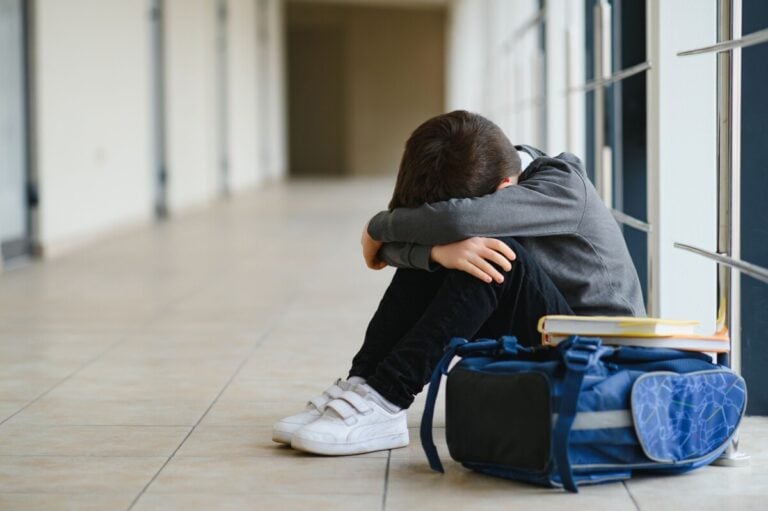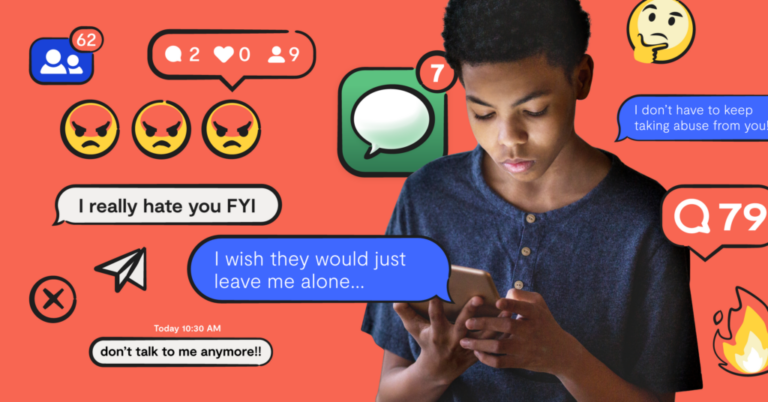Bullying or aggressive behavior and bullying are common in children of all ages, especially when they become part of an organized group, including in a kindergarten setting. It is very short-sighted to believe that children of preschool age are not prone to display aggression towards peers or teachers.
In preschool age, the child first encounters an organized group that lives by its own rules. He needs to adapt to the regime and daily routine, norms and rules of interaction between group members, which may be radically different from previous social experience, primarily from the rules established in the family.
In kindergarten, bullying may not be as clearly planned and thought out as, for example, at school, but at the same time it can be no less cruel and cause even deeper psychological trauma due to the immaturity of the individual and the lack of physical and communication abilities for self-defense.
Bullying in preschool age most often comes from children who have superior physical development, for example, in height or body weight, that is, from those who are simply physically larger. Or they have an age advantage, because in preschool age children with an age difference of 3-4 months have different levels of communication skills and, accordingly, can show their ambitions, leadership qualities and forms of demonstrative behavior in different ways.
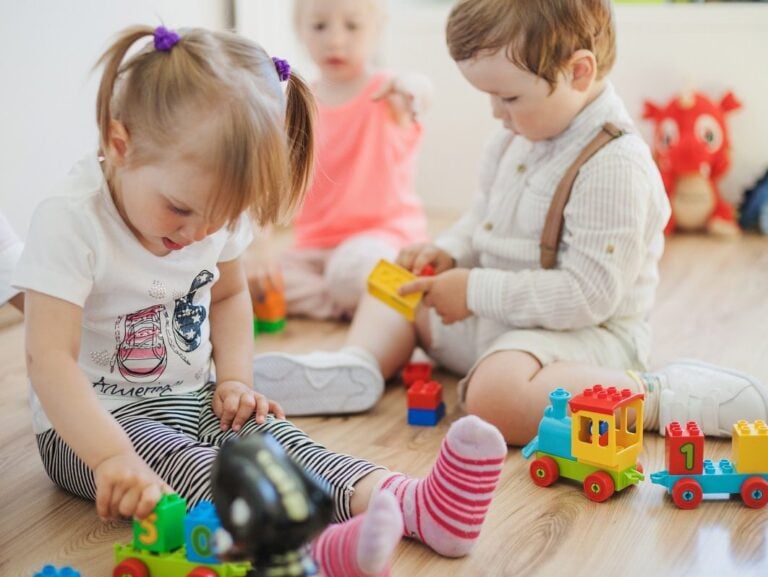
In addition, in the absence of developed communication skills and little experience of social interaction, children are often deprived of the opportunity to enter into constructive communication with members of their group and often achieve the desired result by force, thereby showing aggression towards another child. At the same time, the victim of aggression often stays longer in the children’s group and strictly follows the norms and rules of behavior in it.
This usually gives rise to a conflicting range of feelings and high anxiety in a child who has become the object of aggression. Let’s say something was taken away from him using physical force. This happened despite the fact that in his mind it was a taboo form of interaction. Due to the peculiarities of mental maturation and understanding of cause-and-effect relationships, this situation is poorly understood in preschool age. But it can leave an indelible mark on the psyche of a preschooler. The same situation in the mind of a bully child can, on the contrary, become entrenched as a successful forceful model of behavior in solving any situation.
Another very important aspect, unfortunately, rarely discussed in the professional and parent communities. Children who have difficulty developing hygienic skills and self-control over the act of physiological need, especially defecation, are subject to bullying from peers and often from educators.
In older preschool age, children may be bullied not only due to lack of physical superiority or inability to speak, or inability to control their body’s urges, but also on the basis of value judgments about appearance. Children in this age group are already learning to evaluate and compare themselves with other members of the team, so they can begin to bully, for example, refuse to be friends and call names because they don’t like someone’s appearance, or, conversely, thus demonstrate envy towards other people’s clothes or toys.
What activities should be carried out to prevent bullying among children
When organizing preventive measures for aggressive behavior and bullying, you should always remember that bullying is committed only with the tacit consent of adults, in particular adults and teachers.
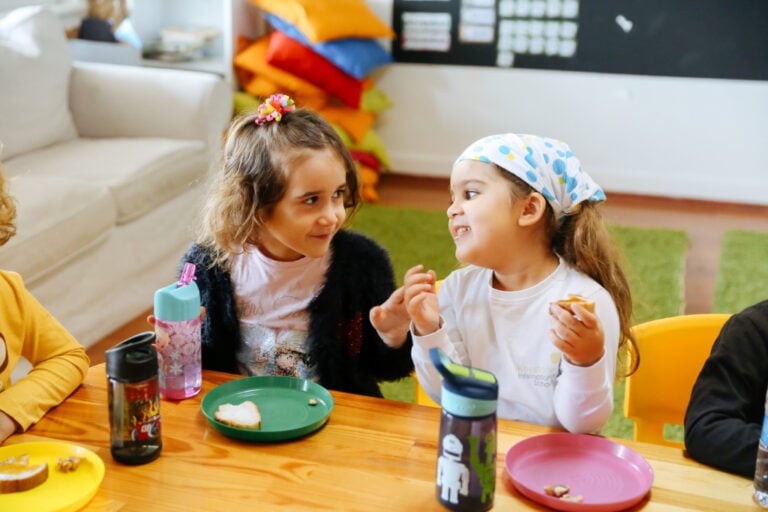
Explanatory and educational work should be carried out not only among schoolchildren and teachers, but also in the family. After all, acceptable boundaries of behavior are laid down long before entering school, so if aggression is the norm in a family, then the child does not know how to behave differently and has difficulty reformatting.
It is also important for teachers to understand that aggression and bullying are not always a desire to harm another, but are often the only available form of attracting attention and recognizing one’s authority. A low level of academic performance combined with family problems is one of the factors why a child chooses aggression as the only means of self-realization and strengthening his authority in the group.
A very valuable tool for preventing such behavior is to involve the child in activities where he will feel equal and important, subject to the rules of behavior like everyone else. Such activities are almost always physical education and sports sections and clubs. In sports, a child can utilize his aggression in an environmentally friendly way and achieve recognition and authority through his work, and his behavior will become more organized due to the discipline and rules regulated by the sport.
Bullying of teachers and educators – how to regain authority as a teacher
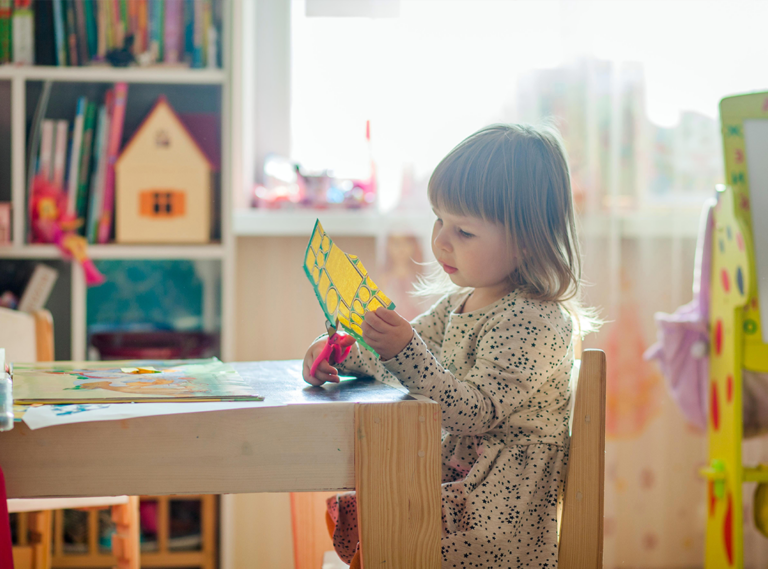
Bullying against a teacher is always carried out with the tacit consent of the administration and parents, so if this has already happened, then the rights of the teacher should be protected and upheld at higher administrative levels of management of the education system.
Sometimes bullying occurs due to the fact that the teacher has little experience communicating with deviant children and their families. In such a situation, it is simply necessary to ask for assistance from experienced colleagues and psychologists of the educational institution.
If the situation goes beyond the competence of the employees, then most likely you should contact other authorities and raise the issue of requesting the conclusion of the Central Psychological, Medical and Pedagogical Commission and the creation of special educational conditions for children prone to hyper-aggressive behavior. In such a situation, it is important for the teacher to enlist the support of parents and other colleagues; if this is not possible, then most likely the most environmentally friendly option for regaining one’s authority and restoring peace of mind is to change jobs.
Opinion of a psychosomatologist, neuropsychologist
Commented by Ekaterina Tur – doctor, psychosomatologist, neuropsychologist, author of the book “Psychosomatics: the body speaks”

Kindergarten is the place where children first encounter a group of peers and begin to form their relationships with other children. In such an environment, where children spend most of their time, conflicts and disagreements are possible. However, in some cases, these conflicts can turn into bullying.
Bullying in kindergarten can take various forms. This may include physical abuse, such as hitting or pushing, psychological abuse, which includes humiliation, bullying or neglect, and social abuse, such as exclusion from a group or being ignored. Children who suffer from bullying may experience emotional and psychological problems such as stress, anxiety and depression.
Today, there are ways to combat bullying in kindergarten. It is important that educators and parents work together to create a safe and supportive environment for children. The following are strategies for dealing with bullying in kindergarten:
- Teaching mindfulness: It is important that children understand what bullying is and how to prevent it. Talking about kindness, respect, and emotional intelligence can help children develop cooperation and empathy skills.
- Proactive Observation: Teachers and adults should be attentive and observe children’s behavior. Early identification of potential bullying situations will allow you to take action and prevent the problem from developing.
- Victim support: Children who are bullied need support and protection. Educators and parents must be prepared to help victims and provide them with a safe space where they can express their emotions and receive support.
- Possible punishment: for children who commit bullying, it is necessary to introduce appropriate measures of discipline and punishment. This will help them become aware of their actions and understand the consequences of their behavior.
- Parental Involvement: Parents play an important role in preventing bullying. They should be aware of the situation in the kindergarten and be ready to cooperate with teachers and administration to solve the problem.
Psychiatrist about bullying in kindergarten
Maxim Piskunov, Chief psychiatrist of the Center for Cognitive Development of the International Institute of Psychosomatic Health
Bullying is widespread in all age groups, including in kindergartens. Facts of bullying among preschoolers must be identified in a timely manner to prevent problems in the child’s social and behavioral development. Children who were victims of bullying in kindergarten are more likely to skip school, have no sympathy for school, and feel lonely.
To avoid bullying in preschool institutions, you must use the following simple rules:
- Use and compliance with rules of conduct in a preschool group;
- Encouraging children for signaling unwanted behavior in the group;
- Encouraging respectful and empathetic relationships between children
- Use of social skills development programs in a group for children aged 4 years and older;
- Reducing impulsive and aggressive behavior in a group by modeling it in role-playing games.

